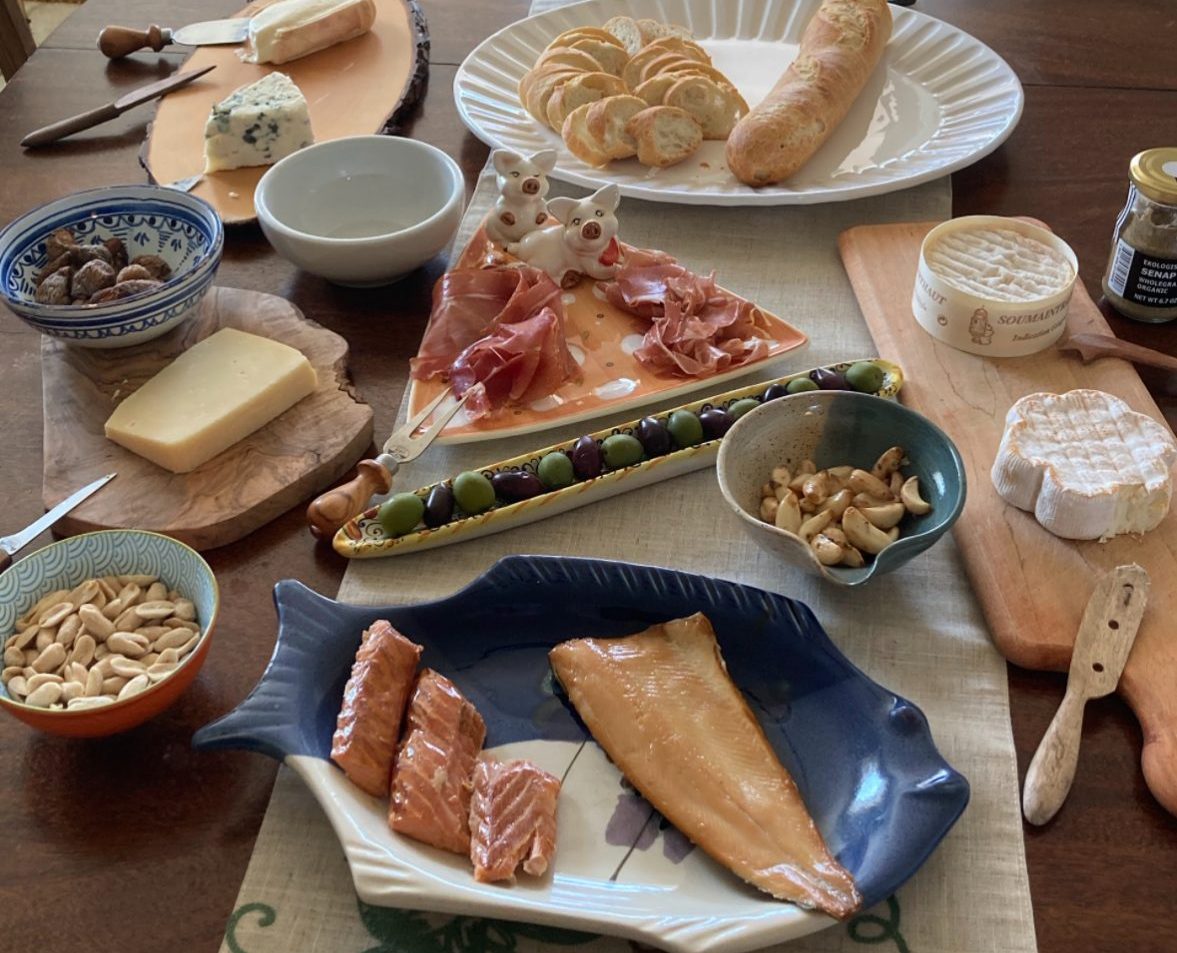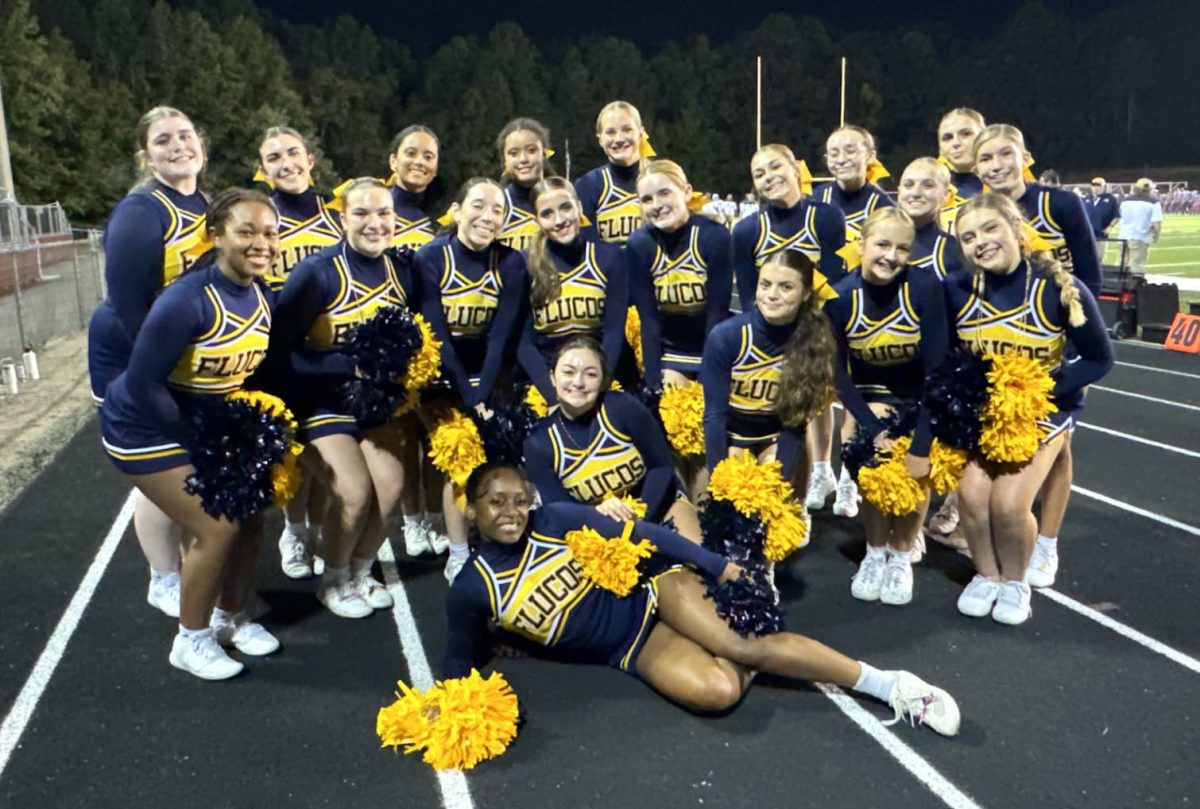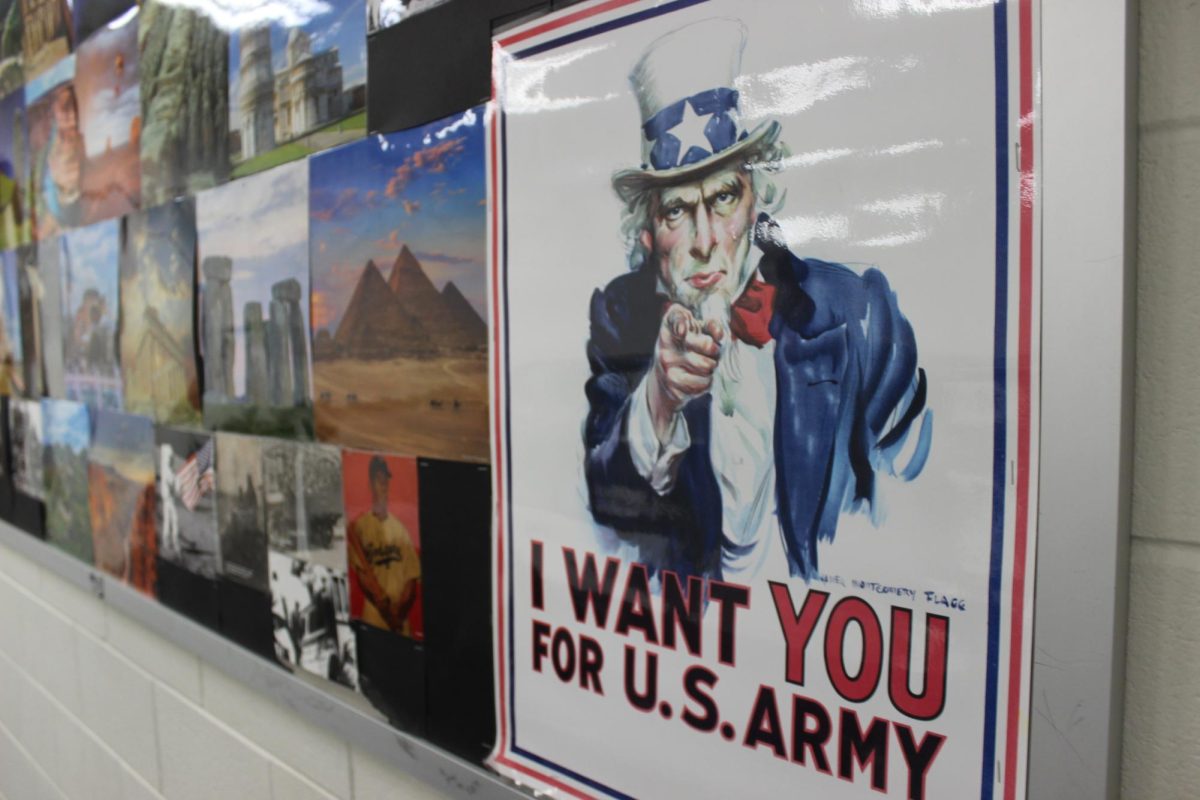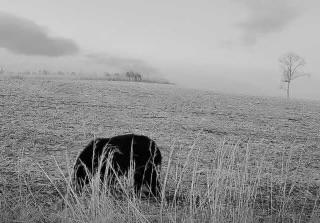Picture this: Delicious smells of roasted meat, butter, and spices waft through the house. Kids are running around, making noise and laughing, while the adults are chatting in the kitchen or living room. Outside, the trees are turning all sorts of beautiful colors—reds, oranges, yellows—and the crisp, fall air is perfect for raking up piles of leaves. It’s Thanksgiving, and the food is just as much a part of the tradition as the family.
But have you ever stopped to think about why we eat the same dishes year after year? Here’s a look at the history behind five of the most popular Thanksgiving foods.
Turkey
Let’s start with turkey, the big star of the meal. It’s the main course, and for most people, Thanksgiving wouldn’t be the same without it. But why turkey? Well, turkeys were very common in North America, so historically, they were an easy choice for feeding large groups. Plus, they’re much bigger than chickens, which makes them more practical for big gatherings.
According to The Seattle Times, turkey was even served to soldiers during the Civil War because it was plentiful and easy to cook. By the early 1900s, turkey became a popular choice for Thanksgiving because it was affordable and easy to find. Nowadays, about 88% of Americans serve turkey on Thanksgiving.
Cranberry Sauce
With its bright red color and sweet-tart flavor, cranberry sauce is another Thanksgiving favorite. But did you know that Native Americans were using cranberries long before settlers arrived? As noted in Food and Wine, they used them for all kinds of things, from medicine to dyeing fabric, so when the first Thanksgiving happened, cranberries were probably on the table. In fact, there’s a record from around 1672 that describes both settlers and Native Americans boiling cranberries with sugar to make a sauce for meat—sounds like the start of the cranberry sauce we know today.
Fast forward to the early 1900s, and a cranberry grower named Marcus Urann came up with the idea of canning cranberries, making it easy for people to enjoy cranberry sauce all year long. These days, about 76% of people buy canned cranberry sauce, while the other 24% still prefer to make it from scratch.
Mashed Potatoes
Mashed potatoes and gravy are a must-have for many people on Thanksgiving, but they weren’t actually part of the first Thanksgiving. Potatoes didn’t even make it to America until around 1620 when a governor from the Bahamas brought them to Virginia.
It wasn’t until much later that mashed potatoes became a popular side dish. USA Today describes that President Thomas Jefferson helped get mashed potatoes on the map in the early 1800s by serving them at the White House. It wasn’t until Sarah Josepha Hale (the “Mother of Thanksgiving”) started pushing mashed potatoes in her writings that they became a regular part of Thanksgiving dinners.
Sweet Potato Casserole
Known for its creamy orange filling and fluffy marshmallow topping, sweet potato casserole is a favorite side dish for many on Thanksgiving. Sweet potatoes have a long history, and not just in the States. Christopher Columbus was the first European to discover sweet potatoes in the Americas and brought them back to Europe where they became popular in fancy recipes.
Back in the U.S., sweet potatoes started showing up in recipes as early as 1796, though they were often called “candied yams” (even though yams and sweet potatoes are actually different). The modern version of sweet potato casserole we know today—topped with marshmallows—really took off in the early 1900s. In 1918, Fannie Farmer’s cookbook included a recipe for “glazed sweet potatoes,” which added a sugary syrup to the dish. Southern Living revealed that, in 1917, Angelus Marshmallows—who were trying to make marshmallows more popular—worked with a Boston cooking magazine to create recipes that include marshmallows, including the now-classic, marshmallow-topped sweet potato casserole.
Stuffing
Last, but not least, in the top Thanksgiving foods list is stuffing. Whether it’s cooked inside the turkey or served on the side, it’s another Thanksgiving staple. Stuffing actually has ancient roots dating all the way back to the first century AD.
In the U.S., according to Smithsonian Magazine, stuffing became part of the Thanksgiving meal in the 1800s, often used to stuff turkeys or hams. As Thanksgiving grew in popularity, stuffing became more common on holiday tables. Then, in the 1970s, stove top stuffing became a hit because it was so much easier to make than the traditional method of cooking it inside the bird. Today, stuffing can be found all kinds of ways—inside the turkey, as a side dish, or even used in creative recipes like stuffing peppers or topping pizza.







